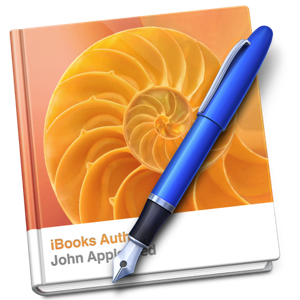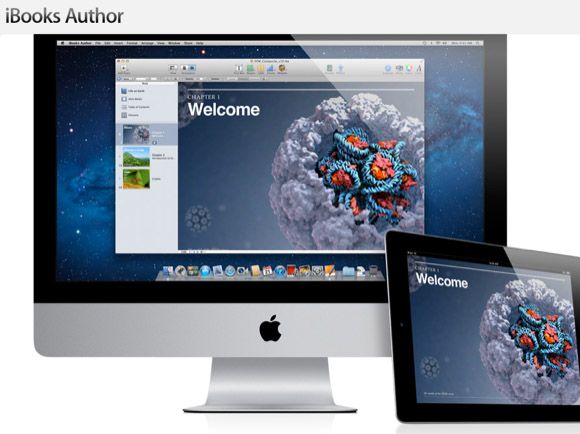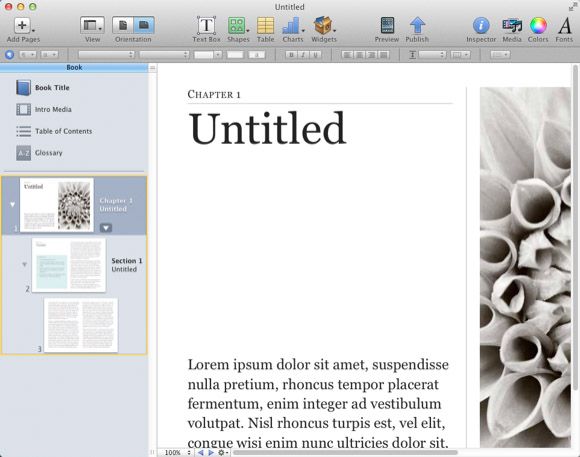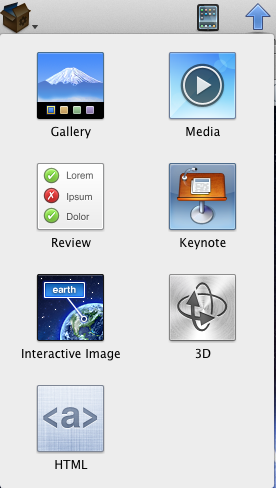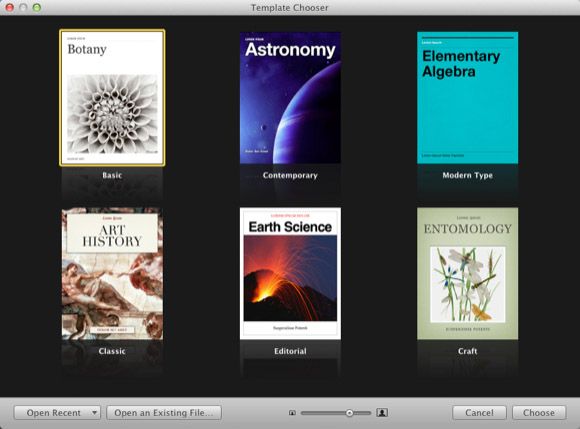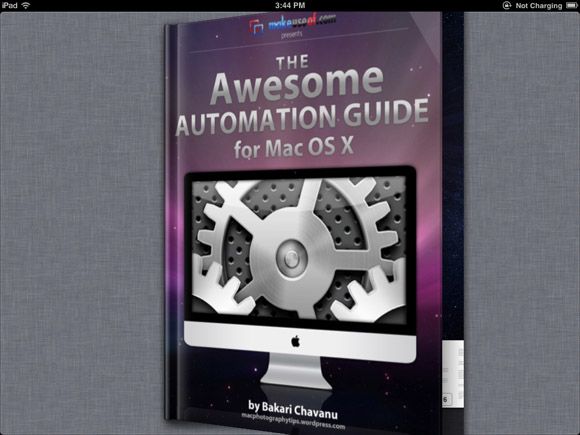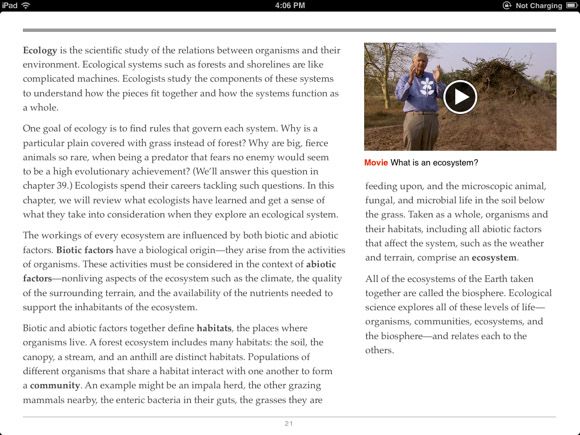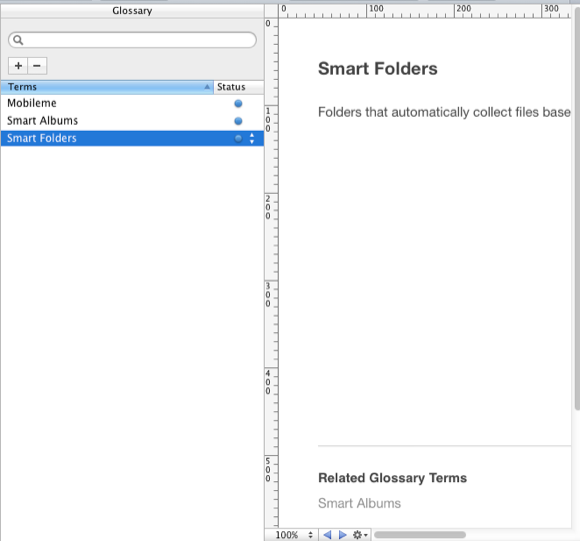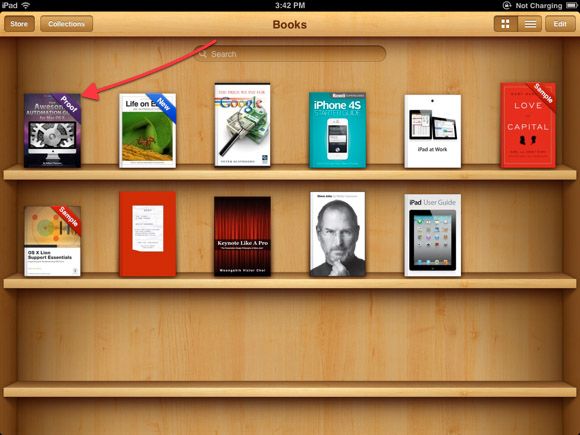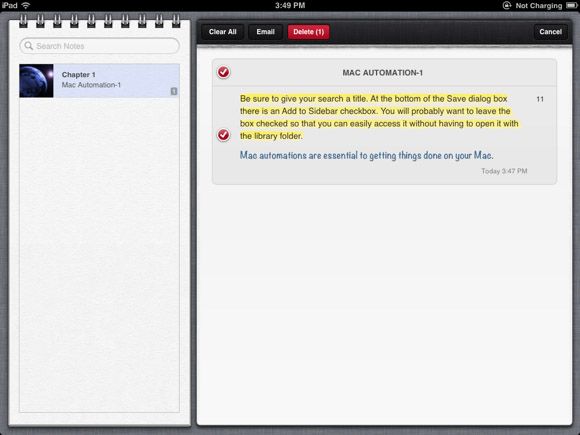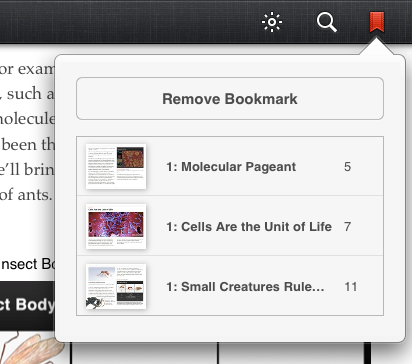If you have ever wanted to write a book and get it published, Apple's latest— and possibly game changing software–iBooks Author might very well be the easiest and fastest way to get it done.
Apple recently introduced iBooks Author in a live presentation at the Guggenheim in New York. The software is aimed at textbook writers and publishers, but it can just as well be used for producing cookbooks, picture books, interactive fiction novels, how-to books, and the like.
iBooks Author looks to be the first consumer-based e-Pub software designed for multimedia books.
Feature Overview
E-books designed with iBooks Author are basically geared to be read on the iPad platform using the recently updated iBooks 2 reader app. iBooks Author books can however be exported to PDF format, and to plain text format—excluding the embedded images and other media.
If you're familiar with Apple's desktop publishing application, Pages, you'll feel at home with iBooks Author. Both programs share a similar interface, including text editor formatting tools and page layouts, and the familiar drop and add multimedia features.
iBooks Author, however, also includes several unique features including what are called Widgets, which allow you to include interactive images, 3D objects, Keynote presentations, custom HTML, and a review study guide tool for textbooks.
iBooks Author opens with six basic templates to get you started. You can write a book from scratch, but you also can import existing Pages and Word documents.
For the purposes of this review, I imported my Awesome Guide To Mac Automation, formatted in Word. iBooks Author pretty much kept all my text, font and header styles, screenshots, and titles in place. However, it did put extra spaces between the paragraphs.
Extra Features
iBooks Author is a pretty familiar text editor, so let's focus on some of its unique features.
Because multimedia books produced in iBooks Author are primarily designed to be read and consumed on the iPad using the iBooks 2, by default you lay out books in landscape orientation, rather than the traditional portrait view.
In either view, the content remains the same, but the landscape view provides more interactive features. You can, for example, design your book so that readers can view a gallery of photos, or tap and watch an embedded video, or use various multi-touch gestures with say interactive maps and 3D objects. Portrait view on the other hand, pushes photos and interactive media to the side and puts the focus on text, with a more Read-only format.
iBooks Author also includes a textbook Glossary feature which allows you to not only select special terms and definitions but to also include related glossary terms for cross-referencing.
As with traditional textbooks, iBooks Author enables you to create multiple-choice review questions that can be placed at the end of each chapter of your textbook.
iPad Preview
Though iBooks Author is a WYSIWG desktop editor, you have to physically connect your iPad to your Mac in order to preview your book. Unfortunately Apple has not yet created an iBooks reader for the Mac. To view your book, you launch iBooks 2 on your connected iPad and then you click the iPad icon Preview button in the toolbar of iBooks Author. iBooks Author will send a Proof copy of your book which you can update as you a make changes to your book in iBooks Author.
This preview gives you the opportunity to see how the layout and multimedia features of your book will appear and work.
The iBook 2 reader includes features specifically for iBook Author-designed books and textbooks. In this updated version, for instance, you can use the highlighter simply by pressing down and over selected text with your finger, without having to make two or three taps that are still required with regular e-books.
iBooks 2 also comes with a dedicated flash card feature (that you of course create in iBooks Author), and a notepad that lists all of your highlights and typed notes.
However, Apple still does not allow you to export and share highlighted text in iBooks, but you can e-mail your written notes.
The updated features in iBooks 2 are good improvements, but its annotation tools for studying are still inadequate. Apple would do well to learn from iOS PDF reader apps, like iAnnotate for the types of tools and features iBooks are still missing. For instance, the bookmarking tool in iBooks doesn't allow you to change the name of the bookmark page. So when you review your bookmarks, all you get are the page numbers, which when reading and studying large textbooks is very inadequate for studying.
Both iBooks Author, which requires OS X Lion, and the iOS 5 version iBooks 2 are available are for free in their respective app stores.
Let us know what you think of these programs. What tools and features would you like to see added to them. Do you think iBooks Author will be a game changer for education?

